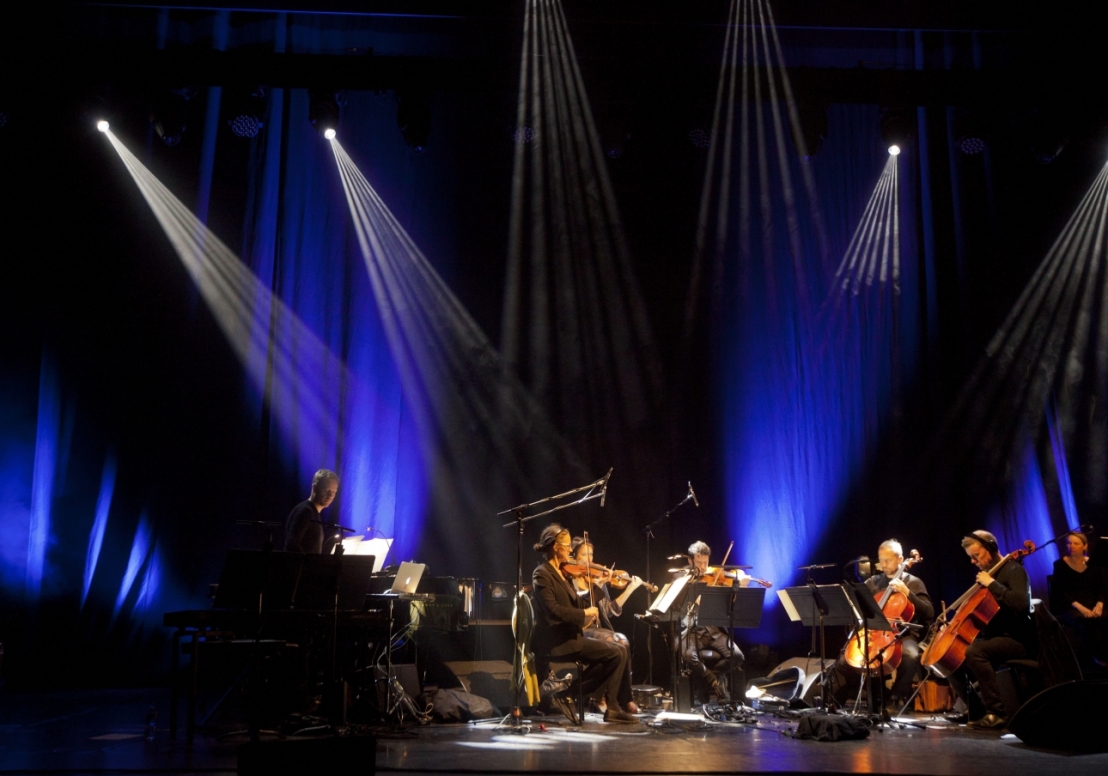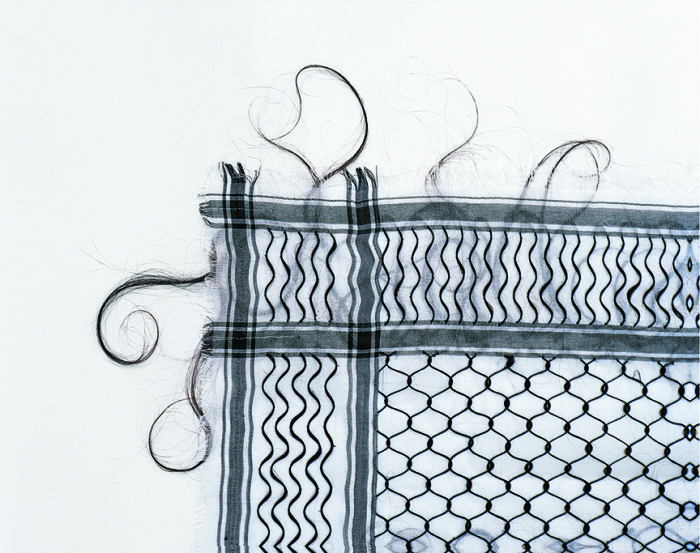https://embed.theguardian.com/embed/video/film/video/2016/jan/27/son-of-saul-exclusive-trailer-for-oscar-nominated-holocaust-drama-video
The experience of evil and the experience of being in hell are what are offered by this devastating and terrifying film by László Nemes, set in the Auschwitz II-Birkenau death camp in 1944. This film would be an achievement for anyone, but for a first-time feature director it is stunning – something to compare with Elem Klimov’s Come and See. Son of Saul reopens the debate around the Holocaust and its cinematic thinkability, addresses the aesthetic and moral issues connected with creating a fiction within it and probes the nature of Wittgenstein’s axiom “whereof one cannot speak, thereof one must remain silent”.
Saul, played by the 48-year-old Hungarian actor Géza Röhrig, is a Jewish prisoner who has been made part of the Sonderkommando, inmates given tiny, temporary privileges in return for policing their own extermination. They must manage the day-to-day business of herding bewildered prisoners out of the trains and up to the very doors of the gas chambers and then removing the bodies, the chief task being to pacify the victims in advance with their simple presence, silently shoring up the Nazi soldiers’ reassuring lies about these being simply showers. They are bit-part players in a theatre of horror.
The horrendous reality of bodies, uniforms, muzzle flashes is glimpsed at the edges, often out of focus
With staggering audacity, Son of Saul begins with something other, comparable movies would hardly dare approach even at the very end – the gas chamber itself. Here is where Saul discovers the body of a boy, whom he believes to be his son, and sets out to find a rabbi among the prisoners to give him a proper burial. He must do this in a series of furtive, enigmatic whispers with prisoners who are trying to concentrate on a planned uprising, using what they call “shiny” as bribes for information and material: valuables taken at enormous risk from the bodies of the dead.
László Nemes on Son of Saul: ‘These people have no past, only the present’ – video
The camera stays in a tight closeup almost throughout, with a shallow focus on Saul’s haggard face, scorched and strip-mined of normal human emotion and response, like the face of a pterodactyl. The horrendous reality of everything else – bodies, uniforms, vehicles, muzzle flashes – is glimpsed at the edges, often out of focus. Like the sun, the reality of this evil cannot be directly looked at.
This movie won the Grand Prix award at Cannes and the best foreign film at the Oscars, and has taken its place in the debate concerning cinema and the Holocaust. Gillo Pontecorvo’s 1960 film Kapò was about a young girl who achieves these same special poisoned-chalice privileges in a Nazi concentration camp, and the director Jacques Rivette once said he could not forgive Pontecorvo for the film’s showy tracking shot that framed one woman, played by Emmanuelle Riva, as she killed herself by throwing herself against an electric fence.
What is held to be suspect is the implication that some emollient artistic satisfaction can be taken from Nazi evil. (I would have raised an eyebrow at another scene, in which a female prisoner bares her breasts at a medical inspection to distract a German officer from the condition of her hands. But perhaps it is precisely the scene’s lack of good taste that excused it, in Rivette’s eyes.)
Overt dramatisation will always risk looking crass, exploitative and inauthentic and I myself have winced at Hollywood attempts to tackle this issue in the grotesquely misplaced language of redemption and naive humanism.
Jean-Luc Godard said cinema’s great failure was its failure to show the Holocaust, an objection that has, in fact, gained a new currency with the restoration of Sidney Bernstein and Alfred Hitchcock’s all but lost official documentary German Concentration Camps Factual Survey, and André Singer’s Night Will Fall, the documentary about how that film was nervously suppressed after the war.
The most successful – or only successful – approach is widely held to be that of Claude Lanzmann’s Shoah, an epic oral history of the Holocaust, because of the candour of eyewitness accounts, avoiding the pitfalls of fiction. Yet Nemes’s technique answers the traditional objection, to the extent that this is possible, with his closeup approach on the face – perhaps a fictional variant on Lanzmann, and a method that allows fiction and the individual subject to take some of the weight of horror and history.
Its good faith and moral and intellectual seriousness are beyond doubt. And Röhrig’s performance is transfixing, without ever drifting into the realm of actorly pretence. The final image of his face – transformed by events that may be real or hallucinatory – is extraordinary.
Peter Bradshaw in The Guardian

